April 5, 2025
- hfalk3
- Apr 7
- 13 min read
Marrakesh > Casablanca
Zalagh Kasbah Hotel & Spa > Hotel Prince De Paris
This morning, we are leaving magical Marrakesh and return to our starting point in Morocco, Casablanca. It is our last full day in Morocco. It is 250 km (155 mi) to Casablanca. The route between Marrakesh and Casablanca is pretty much a straight shot down the A3, nice modern four-lane highway.
As the we begin the ride the landscape is somewhat dry and barren. After about an hour we cross over a low mountain range. On the northwestern side of the mountains the land changes significantly. This area gets the breeze from the Atlantic Ocean and had much more rain fall. The view here is of colorful fields of flowers interspersed the green field of wheat. We made a couple pit stops on the way. The motor coach can only go a maximum of about 100 kph so it will take some time.
It has almost gone 13:00 when we finally reach Casablanca and the Atlantic Coastline. It took just over five hours to get here. We stopped at Tropicana Terrasse on Boulevard de la Corniche adjacent to the beach for lunch. Aziz told us we would have about an hour for lunch as we had 14:00 tickets to visit the Hassan II Mosque.
The lunch place is an obvious favorite of tour buses and tourists. The menu is in Arabic, French and English. Wanting to stay within our time frame we order simple chicken panini and fries. They offered us Pepsi, we said no, water would be fine. He showed up with Pepsi anyway. In the interest if time we accepted it.
The meal finally arrived about 13:20. This gave us just a few minutes to eat and get back on the coach. We ate most of the panini. We couldn’t get the waiter’s attention so we could get the bill and pay. The other couple from our tour at the table were having the same frustration. Finally, I stood up and prepared to head out of the restaurant even though we hadn’t paid. It seemed the only way to get the attention of the waiter in time to pay and get to the motor coach on time. They just don’t like it when you leave without paying.
Almost immediately after I stood up the waiter appears. We asked for the bill and he pulled out a piece of paper and wrote the amount we owed 150dh, about $15. The bill was paid, and we headed out to the motor coach. Several of our fellow travelers followed my lead and stood up to leave in order to get their bills and pay them in time to board the motor coach.Fortunately, we are a fairly aggressive group and managed to get on the motor coach and head to the mosque in time to arrive for our entry.
Aziz jumped off the motor coach and introduced us to our local guide for the mosque. He then ran ahead to get our entry tickets while the guide introduced herself. She then directed us towards a barrier leading on to the courtyard in front of the mosque. There was some argument between the guide and the guard at the barrier. Apparently, the guard wanted all of us to go to the ticket office, which didn’t seem logical since the office appeared really small and wouldn’t have held all of us. Our guide won out in the end, he moved the barrier and we entered the courtyard and waited for Aziz with he tickets.
The courtyard in front of the most is beautiful. We got off the motor coach at the far side of the courtyard. This is where the ticket office is. The entrance to the courtyard is flanked by a library and a cultural museum. The courtyard is massive. The guide said it could hold 80,000 people.
80,000 seems like a reasonable number as you look around the courtyard, maybe square would be a better term? The “ground” is covered in marble or granite tiles. It has various geometric shapes and there are at least four or five colors used in the patterns. There are archways, fountains, and few places to sit. It is a remarkable engineering feat. All that even before you get into the mosque.
Getting into the mosque is another thing. Once you make you way across the courtyard, you get to stand in the ticket line. The courtyard is so large that they have golf carts to carry people with issues walking across the courtyard to the ticket entrance. The whole complex is 22 acres! The entrance fee is used to support and pay for the 220 full-time staff who keep the courtyard and mosque clean.
The Museum at the entrance to the courtyard and a fountain or washing outdoors when there is a large crowd. The door on the left of the fountain is an example of what the exterior of the doors look like.
The ticket line is somewhat chaotic. Several different and unrelated groups of people all trying to get in. There are no roped barriers, or anyone trying to make a formal line. We understood four our guide that there are usually two or three lines. The guide went and checked it out. Turns out that only one of the ticket-reading machines was working, thus only one gate.
All of a sudden, the open a second door the guide raced over to get us a more advanced place in line, and the group dutifully followed. A small group of ten maybe fifteen people got to the door ahead of us, but as soon as we were at the door they closed the door again. That means we had to get back into the other line; and we weren’t welcomed back to the same position in the line we were told to go to the end. The guide was as frustrated by this as we were.
It was hot, there is no shade and no real place to sit. It took about twenty or so minutes for us to get to the to the front of line and start the process of filing in, one ticket at a time. Once inside you realize how really big this place is.
Our guide explains this the second largest functioning Mosque in Africa, and the 14th largest in the world. We are standing in the main religious part of the mosque – the prayer room. It can hold 20,000 men on the ground level floor and 5,000 women on the balcony level about 20 feet above us. The place is covered in marble from Agadir, and the chandeliers are from Murano Italy. The wood is cedar from the Atlas Mountains. Granite from Tafraoute. It was beautiful.
There are two floors below us. The next floor down is the hammams modeled after the Roman Thermes. There are rooms for the ritual ablutions which are necessary before prayers. There are separate rooms for men and women. Each room contains 43 very large wash basins or fountains where eight to twelve people can wash at once. There are places to wash along the walls as well. Below the washing rooms there is a parking lot for 600 automobiles.
It takes about an hour for us to walk though the mosque and listen to the guide describe the prayer ritual and washing ritual. The washing ablution seems to differ between sects of Islam. Some people wash feet, others do not. Washing once or three times, which is correct? What if you don’t have water? Use sand! Way to complex. We finally make our way back to the courtyard and then across the courtyard to the waiting coach. Once aboard we head to the hotel.
We manage to get to the hotel, Hotel Prince De Paris on Bis Boulevard De Paris, not too far from the medina (old city) or the Hassan II Mosque. Nice hotel, a bit dated perhaps, but clean. The room was quite good sized, it has a bathtub which is nice. One small window overlooking Bis Boulevard De Paris.
It has been a long day, sitting on the bus, standing in line and walking around the mosque. It was nice to put our feet up and relax for a while. Aziz wants us downstairs at 18:20 to head to Rick’s Café for dinner.
Yes, Rick’s Café from the movie Casablanca. However, the café in the movie was a movie set only. There was no real Rick’s Café American. According to the brochure, “Rick’s Cafe, the mythical saloon from the 1942 film “Casablanca” has finally been transformed from celluloid to wood, glass and plaster thanks to the imagination and determination of an American woman enamored of Morocco, Kathy Kriger.
Set in an old courtyard-style mansion built against the walls of the Old Medina of Casablanca, the restaurant – piano bar is filled with architectural and decorative details reminiscent of the film: curved arches, a sculpted bar, balconies, balustrades as well as dramatic beaded and stenciled brass lighting and plants that cast luminous shadows on white walls. Details have been added that go beyond the film set in terms of ambience and comfort – four fireplaces, banquettes and an intimate private dining with view of the fishing port provide the background setting for an international menu specializing in Casablanca’s fresh fish, vegetables and fruit. Issam, a pianist from Rabat, provides the soundtrack to the sophisticated elegant surroundings. Guests steeped in the elegant atmosphere come to feel as though they are in the film, and each evening a new chapter unfolds in the lives of the characters who are part of today’s Rick’s Cafe.”
The motor coach pulled up outside Rick’s Café. Well, it looks nothing like Rick’s Café from the movie. It is a multistory building on a busy downtown street. The interior is nicely decorated with 1930’s and 1940’s furnishings, maybe a little like Rick’s in the movie but it is incredibly small by comparison.
We are taken upstairs for a cocktail demonstration. Apparently, they have rotating house cocktails; tonight’s cocktail du jour is called a “Sour Jdid”. The small “bar room” has a roulette wheel and table. There is a chip placed on number 22. Those who know the movie understood the significance. There are movie posters for Casablanca. Over the fireplace there is a TV screen with the movie Casablanca playing – without sound.
The cocktail was interesting. Whiskey, red vermouth, lemon juice, ice and soda water. Mary suggested replacing the soda water with Prosecco. Those of not drinking were given a different mock-tail which was very good.
The meal was excellent. The appetizer was written out was Eggplant Parmesan. You may be able to see in the photo that was a “tower”. The bottom base was tomato sauce topped with another sauce with Moroccan flavorings. There was a small amount of pesto for color probably. To help support the tower were mashed potatoes. The tower was constructed of a roasted mushroom slice, melted cheese, a slice of tomato, a little more cheese, and topped with a piece of eggplant covered in melted cheese. All that might be right or wrong, but it was really good.
Our table and the appetizer
Two old people who sat with us :>)
Mary opted for the Moroccan lemon roasted chicken with cucumber raita. The lemon chicken was served on a bed of risotto, with saffron, cucumber puréed, a tomato salsa, and olives. It is Moroccan so there was also sliced onion. She said it was excellent.
It was the roast stuffed pepper for me. I love stuffed peppers. However, this was a Moroccan stuffed pepper. We usually use green bell peppers; they used a red one. All bell peppers, regardless of color, basically taste the same, but the red one made a really nice presentation. We stuff our bell pepper with tomato sauce, rice, corn, cheese (usually parmesan) and ground beef. This one was stuffed with just a hit of tomato sauce, rice, chickpeas, cheese (may have been Parmesan but probably not) and ground beef. It was a wonderful dish on a classic tradition.
Dessert was a small individual serving of a lemon tart. It was both very pretty and very tasty. Too much sugar for me that late at night; it was nearly 20:00 when dessert was served. Like I said it was an excellent meal.
After dinner we returned to the hotel, said goodbye to Aziz, our driver and those other guests who were there. Many of them were going upstairs to the rooftop bar. It was after 20:00 and the clock moves forward tonight, so it is really 21:00, which means it is time for bed. So, we begged off and headed to our room.
Back in the room we worked on packing. We now had our rug to pack as well. It is fairly heavy, so carrying it as a carryon would be possible but very tiring. We were intent on getting it into a suitcase. There was considerable rearranging and repacking the already full suitcase in such a manner that once expanded was able to hold everything from before, plus the rug. Opening the suitcase will be delicate work, because the thing will want to spring open.
Then we worked in getting Mary’s suitcase closed. Again, expanded to it is fullest extent. They both weigh under 16 kg, so we are still way under the 23 kg allowed for the place. Amazing what you can do if you really need to.
Before we close off, we should have a talk about Moroccan taxis and private transportation. The smallest transportation and one commonly used, are motorcycles and mopeds. There are guys with motor bikes and mopeds of varying sizes all over. Waiting on corners, in front of markets, and schools. You can ask them to take you wherever you want to go. There is no meter, you discuss the fee when you approach them. Helmets are required for the driver not the passenger. This is popular especially in the medina where the “roads” are just narrow paths. It is also very popular in smaller villages. We have seen families of three and four on one these motorcycles.
Next up, at least in size, the the Petite Taxi. These are small red cars with luggage racks on the roof. These operate within the city limits of a town. Theoretically, they hold a maximum of four people. Now when you get into an American Taxi, or Italian, German, etc, it is your ride. One person or four. Maybe some places charge a supplement for more than two or three or for baggage.
In Morocco is doesn’t work that way. Consider you are alone. You get into a taxi and ask to go across town to the mall. The driver says 100dh, you say no you’ll pay what the meter says, he says no 100dh. Well, you get out. Find another taxi and repeat the process until you find one that will use the meter or gives you a fixed price you know to the reasonable.
You’re on your way. Along the way there are people at the side of the road. As they see the taxi, they point in the direction they want to go. If it isn’t the direction you are going, the driver continues on. If it is the same direction the driver stops, and the negotiations begin. It is possible it will be a fix fair, or he’ll start a second meter. Whichever stop the driver gets to first gets out and goes on their way. He then continues on. He may stop a second or a third time, and you may find yourself sharing the taxi with a family of three. Most interesting.
The Grande Taxi is next. These are what you might call “inter-city” taxis. Maybe you want to go from Casablanca to Rabat. You find a Grande Taxi stand and give your destination to a driver. He may point to another taxi or say get in. You negotiate a price, before you get in. There is no meter.
The taxi sits. The taxi holds four to six passengers. The taxi driver will wait until he has what he considers enough passengers to make the trip worth his time. Once he has a sufficient number of passengers to make the trip, he is off. Now, if he sees someone standing by the roadside who wants a a ride in the same direction he may stop and pick them up, if he has room. He then proceeds to the Grande Taxi Stand in Rabat – oh and it is possible that there is more than one Grande Taxi stand.
Each stand in each city is “known” for where the taxis from that stand are heading. So, you need to know which Grande Taxi stand you want. Now it is possible, If the driver tells you, it is 200dh to go from Casablanca to Rabat, you can say, ok I’ll pay you 800dh to take just me or me and my partner. Foreigners do this, Moroccans do not. They simply don’t make enough. And he may or may not take you, and he may or may not stop and pick some else up along the way – kind of a Russian Roulette thing.
Note, the official Moroccan website suggests Grande Taxis maybe dangerous. There is little or no regulation of the taxis. The condition of the taxi is something you’ll have to consider before getting in. There is also the fact that Moroccan drivers, like the Italians, don’t really have a concept of what the lines on the road are for, or stop signs, red lights, crosswalks, or well, speed limit signs. If you are looking for adventure, the the official website says go for it, but please don’t take your children.
It should be pointed out that these thoughts about the quality of he vehicle and the drivers' abilities and adherence to the “rules of the road” probably apply as much to the Petite Taxis as they apply to the Grande Taxi. However, it is a very common form of transportation. One that most Moroccans use.
If you can’t afford a Grande Taxi, then you can take a bus. There run between “La Gare” or stations in each city, well, more or less. These are older buses. They were probably tourist buses a few years ago. There is a rule here that a tourist bus must be less five years old. All buses must be less than twenty years old. The larger the populations are in the cities you wish to travel to, it is possible the bus will be younger.
If you are taking the bus into the countryside, or to a “less traveled” area, you can expect the bus to be a little older. Aziz calls these “chicken buses”, because they often have people as well as livestock.
The official minimum wage for 2025 in Morocco is about $330 (3,276.6 dirham) a month for professionals. An agricultural worker’s minimum wage is about $242 (2,418 dirham) a month. Those working for the government are earning about $400 (4,000 dirham) a month. (In 2025, Morocco's minimum wage is 3,267.6 Moroccan Dirhams (MAD) per month for the private sector and 2,418 MAD per month for the agricultural sector, with an hourly rate of 17.10 MAD for the private sector. Aziz would have us believe that the average wage is probably very close to $300 a month.
A nice apartment, by European standards, in central Casablanca, according to Aziz, would probably sell for around 2,000,000 dirhams (or $200,000). A nice apartment by Moroccan standards would be less. The further you get from downtown, or the medina, the lower the price can be. Far enough it it could drop to 200,000 dirhams.
All that seems complicated, but you can expect to pay about $200 to $1,000 per square foot. It would be a safe bet to believe that $1,000 a square foot gets you a really nice place. We got close to that in California for our condo. One of the complications Aziz pointed out is that there is no condo association dues or fees. Which means if something common needs to be fixed, you are probably SOL. He moved from one place because there was work that needed to be done and less than a third of the owners were willing to, or able, to put the money in for the repair.
Then it was off to bed. Buonanotte e caio. Enrico e Maria


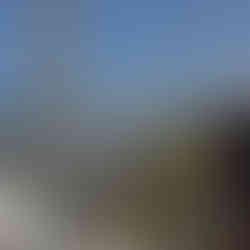


























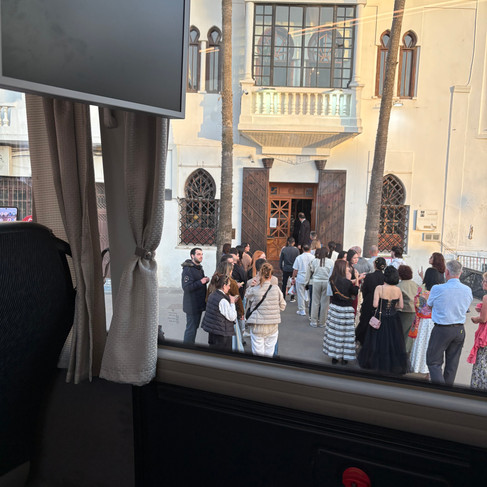








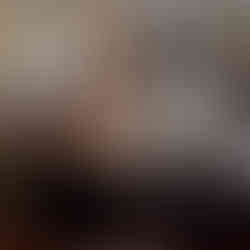


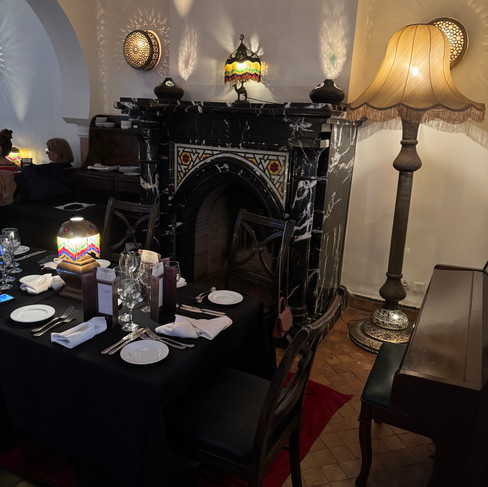











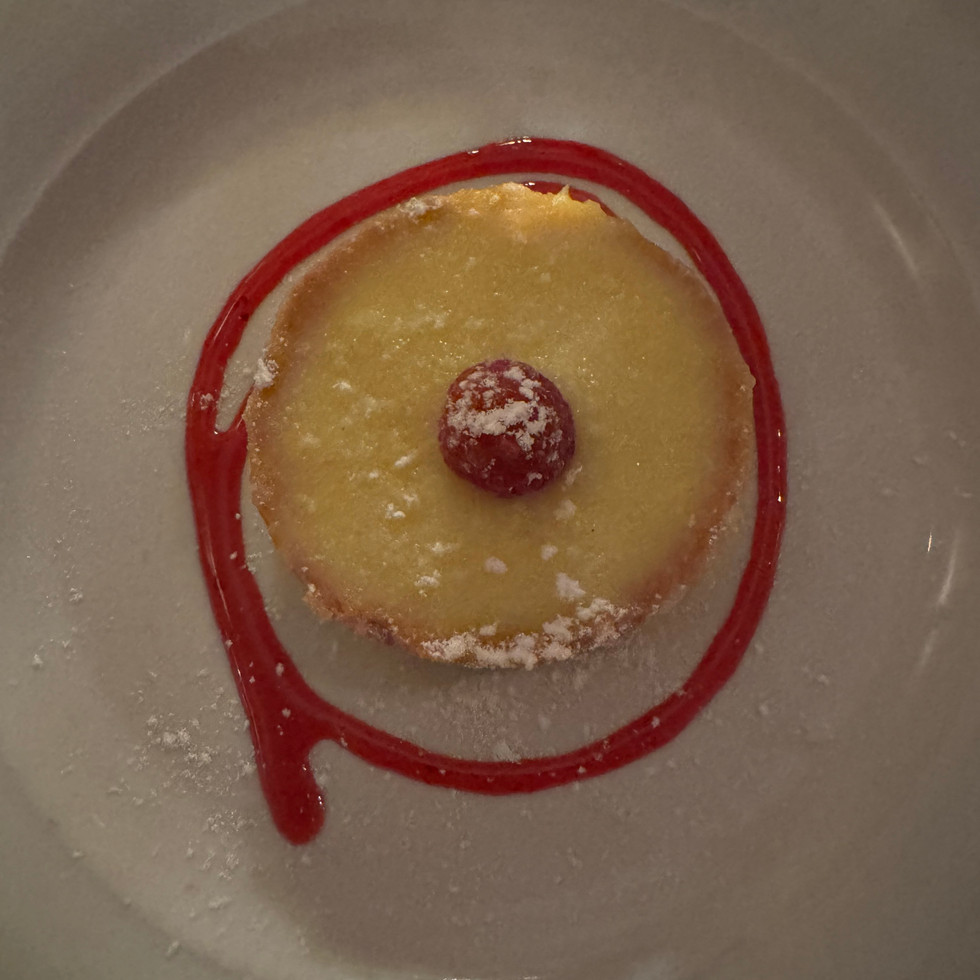
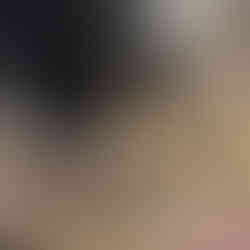

Comments